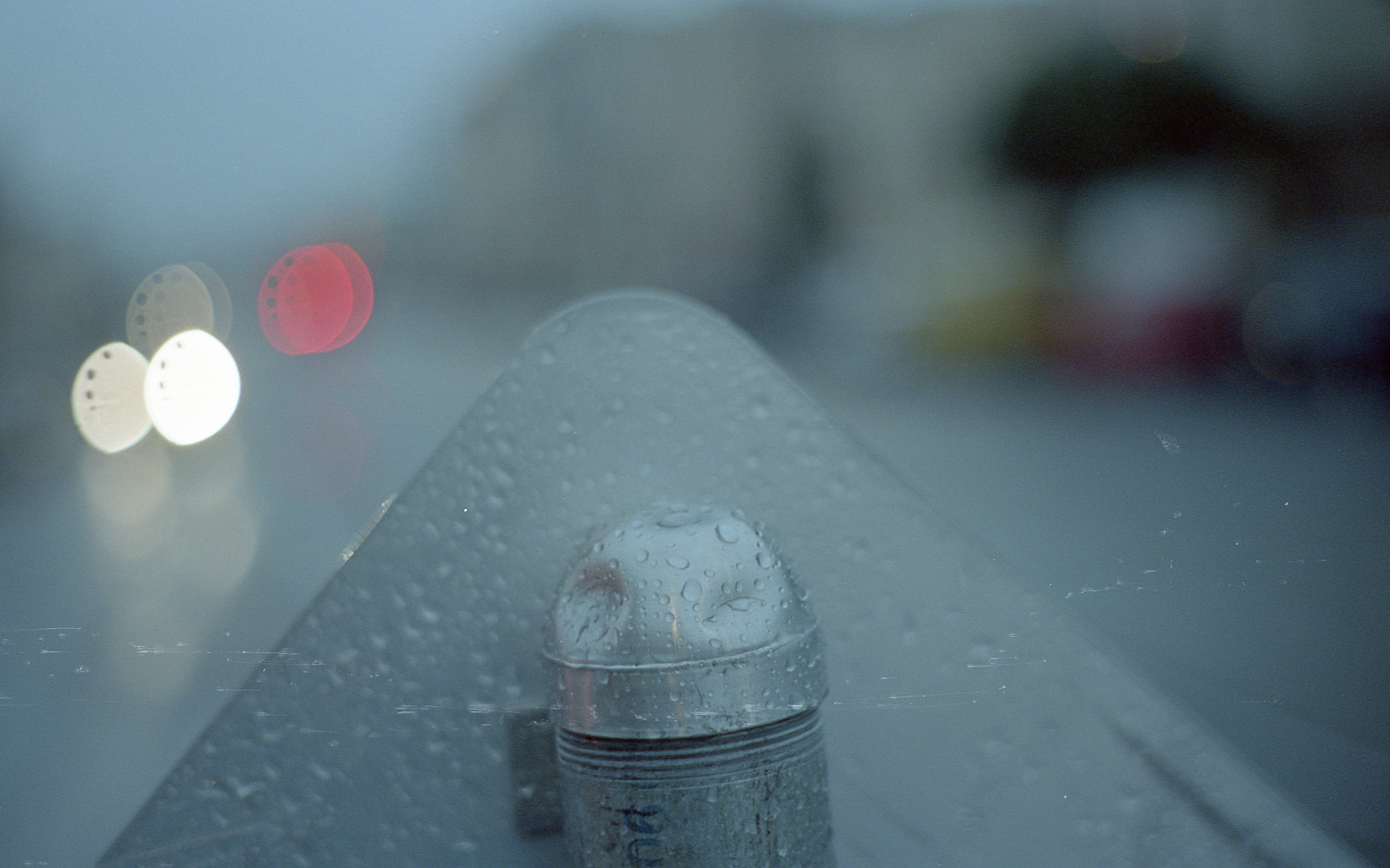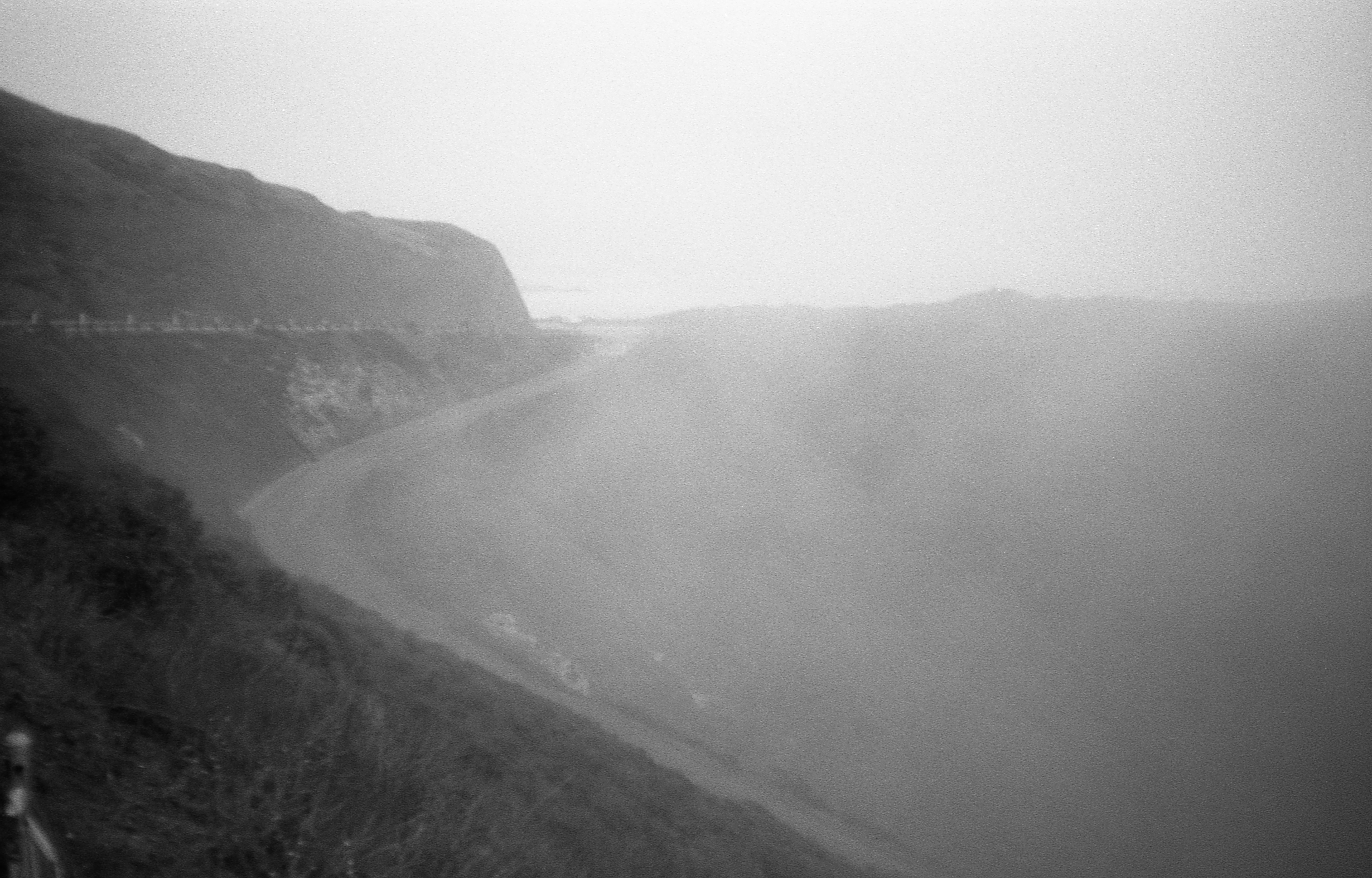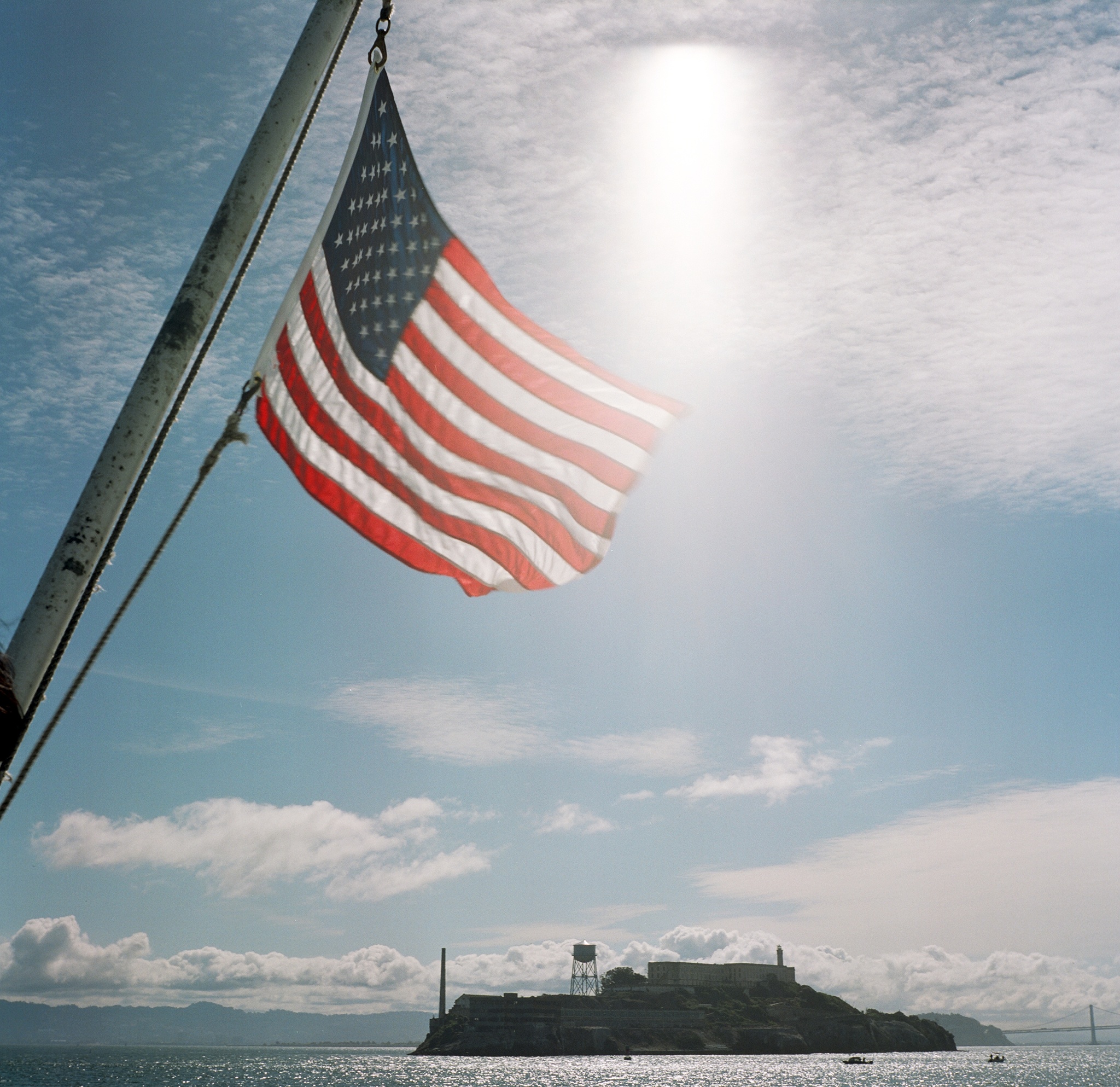There are many ways to buy a film camera. One could buy one new from either the Lomography store or Leica store. However, in terms of image quality and value, it is hard to beat buying a used film camera.
In this blog post I will show you:
1) How to inspect a used film camera
2) How to negotiate a fair price
3) Where to look for a used camera
I will also list my favorite used cameras.
1) How do you inspect a used film camera? This is really tough to do without a decent return policy. First make sure that whoever you bought it from allows returns. Before you buy off eBay, make sure that the seller allows returns. On Amazon, returns are easy to do. On Craig’s List you are on your own.
a. Inspect the body for fungus. I bought a camera with fungus once, and lost $200. What was worse is that the fungus in this camera infected my other lens, so I was out another $100. Fungus on a body will look like white dots like powdered sugar.
b. Inspect the lens for haze or scratches or fungus.
c. Does the aperture ring on the lens move smoothly with uniform clicks?
d. Does the shutter change firmly but easily?
e. Does the light meter (if it has one) work accurately? You will have to compare this with your own digital camera, or the “Manual” camera app.
f. Test focus. When you focus the lens to 1 meter, is it focused on 1 meter? When you focus on infinity is it focused on infinity, e.g. not blurry, or the rangefinder patches line up?
g. Shoot a test roll of film. If you have a 50mm lens and up do the yard stick test. On this roll of film photograph a yard stick. Focus on a number using the widest aperture. When you develop the roll, you will test and make sure that the number you focused on is in focus and nothing else. If it is not in focus then there is either a back focusing issue or rangefinder calibration error. On the test roll of film, whatever you think should be in focus should be in focus. There should be no weird spots (dirty lens) or strange haze. Photos should neither look too light nor too dark if exposed correctly. This may point to an issue with the shutter, the aperture blades or the meter.
h. Film should advance easily. When the film is rewound, rewinding should come easily, too.
If your film camera passes all these 8 tests, then it is a keeper. If not, return it and try again.
My favorite used film cameras are these:
The Olympus X-A – Scott Behr is a master with this camera and his work can be seen on Instagram. I own two of these, and you can get them for around $100.
The Canon AE-1 – With a decent 50mm, this is all the camera you’ll ever need. This is an SLR camera with a very bright focusing circle. Way easier to focus than my Pentax K1000. If I were to get another film camera it would be this one. It sells for about $150.
The Pentax K1000 – Another decent SLR, but not as easy to focus as the Canon AE-1. The main advantage is that it doesn’t need batteries to shoot. The battery is only there for the light meter. The shot at the very top is from this camera.
The Lubitel 166 – You can get this medium format camera which makes beautiful portraits for around 60 to 90 USD. It’s great for street or portraits or group shots, but boy does it suck for landscapes. The lens simply isn’t sharp enough, or maybe I have a miscalibrated version.
So now that you’ve got a film camera, it’s time to shoot some film. In my next blog post, I’ll go over what films I use and why.



